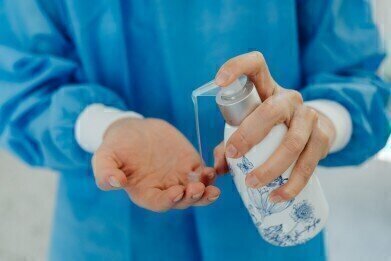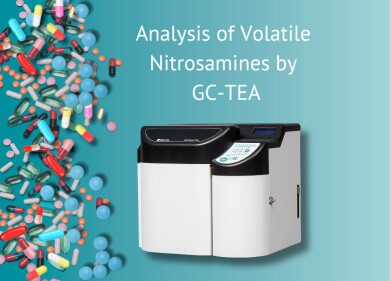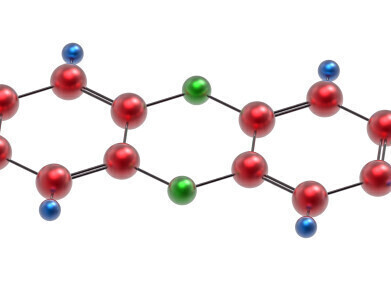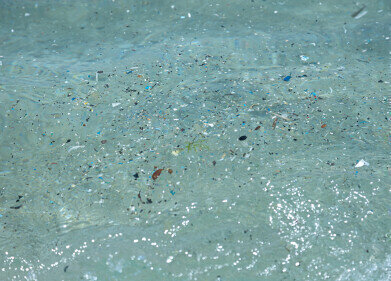GC-MS
Is There Enough Ethanol in Your Hand Gel? Chromatography Investigates
Nov 01 2021
The demand for ethanol-based hand sanitisers shot up in 2020, thanks to the outbreak of COVID-19 across the world. That’s no surprise, given that the ethanol gel could effectively eliminate the virus from people’s hands, reducing the chance of it being passed by direct human contact like handshakes or indirectly by multiple people touching surfaces.
This unprecedented demand, rather unsurprisingly, led to a shortage of ethanol-based hand gel. In response to this, some manufacturers and even health agencies lowered their guidelines to allow for more hand sanitisers to enter the market. But are manufacturers still misleading users about their product’s content?
The hand sanitiser shortage
Along with toilet roll, pasta and – perhaps more understandably – face masks, hand sanitiser was one of the products that flew off the shelves from March 2020 onwards. It soon became apparent, however, that not all hand sanitising gels were equal. While people were buying somewhat indiscriminately, hand sanitisers had to be a certain strength to do their job properly.
The Center for Disease Control and Prevention in the US recommends that hand sanitisers should contain at least 60% alcohol (ethanol). That’s matched by the World Heath Organisation, who published tests showing that this strength takes 20-30 seconds to kill the virus on hands – hence the recommended 20-second hand-washing timeframe.
The UK was one of many countries following this advice at the start of the pandemic. By August 2020, however, the advice had been removed from Government websites, with alcohol-free sanitisers being used in schools, homes and businesses – which take much longer to kill the virus.
Monitoring ethanol content
Clearly, it’s important to know just how much ethanol is used in hand sanitisers, so authorities and users can rest assured the gel is doing its job – as well as knowing how long it needs to be used for to kill the virus. To put hand sanitisers to the test, scientists from the University of São Paulo gathered 48 products available in Brazil for testing.
A sample of each product was weighed in a 20ml headspace vial with deionised water added. After incubation, they used headspace gas chromatography with flame ionisation detection to qualitatively assess the content of the hand sanitisers. The use of alternative ionisation methods with gas chromatography can is discussed in the article ‘Analysis and Identification of Mezcal and Tequila Aromas by Ambient Ionisation MS, GC-MS, and GCxGC-MS’.
Here’s what they found from the hand gel analysis:
- 13 of the 48 products showed at least one nonconformity for ethanol quantity
- 2 samples had an average ethanol concentration below the effective limit
- 12 samples contained acetaldehyde or ethyl acetate, possible substitutes which are both derived from ethanol
It’s one issue allowing low- or no-alcohol products into the market. However, the results demonstrate that manufacturers are also misleading consumers on their product’s content, which could result in incorrect and ineffective use of hand sanitisers – something regulatory authorities will need to be aware of going forward.
Events
May 18 2025 Tempe. AZ, USA
May 21 2025 Birmingham, UK
Jun 01 2025 Baltimore, MD, USA
Jun 15 2025 Bruges, Belgium
Jul 14 2025 Kuala Lumpur, Malaylsia














